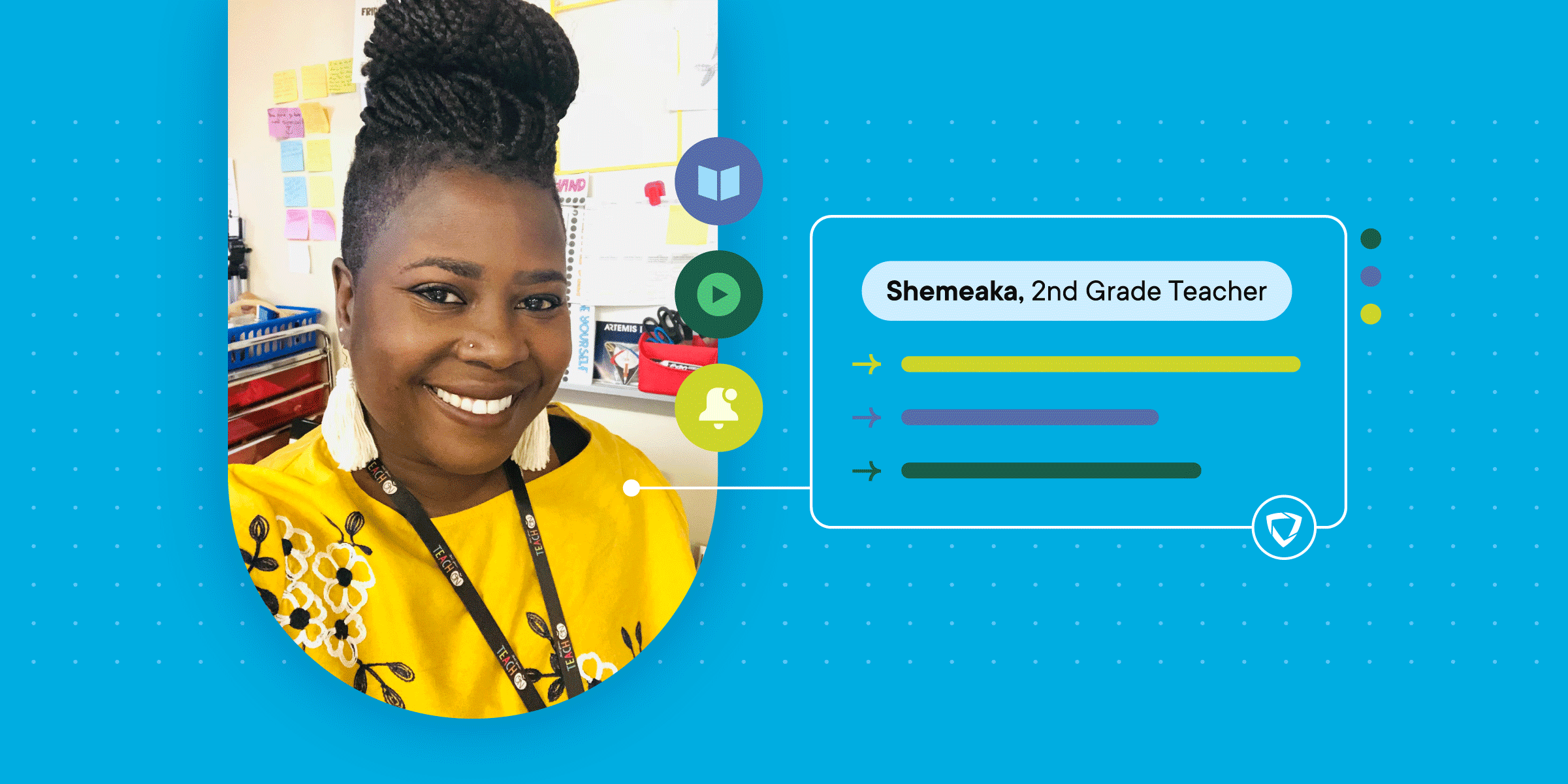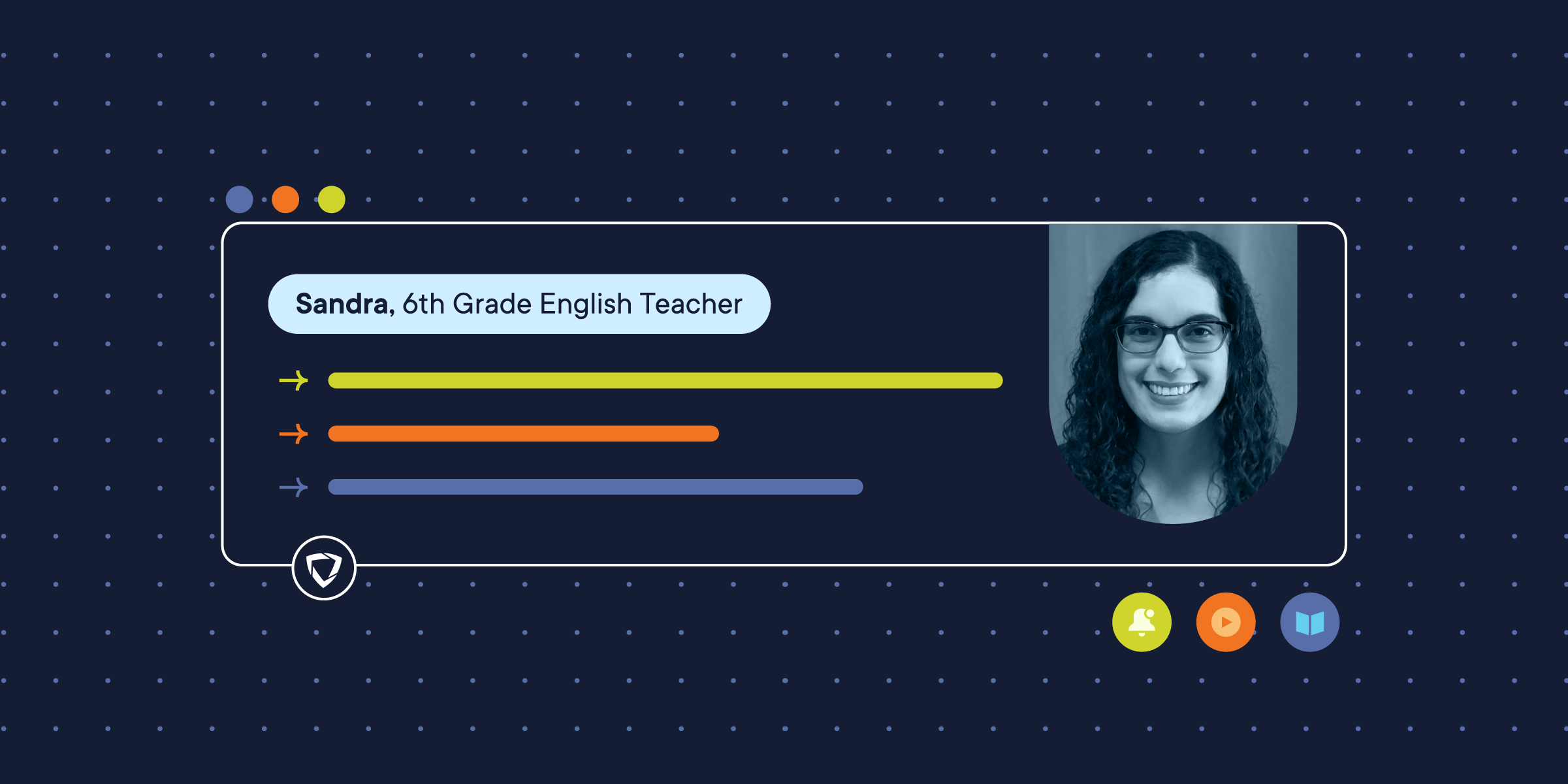
One of the most polarizing topics in our national discourse is how to address the disparity in educational achievement between different demographic groups of students.
The achievement gap between students of different socioeconomic backgrounds has been consistently widening over the past few decades. The imbalance between students from affluent families completing college compared to students from low-income families has increased by 50% since the 1980’s.
As Alexandra Beatty from “Issues in Science and Technology” points out,
“Children in the highest socioeconomic group entering kindergarten have cognitive scores 60% higher than those of children in the lowest socioeconomic group. The gaps in test scores and other measures persist throughout K-12 education, and corresponding gaps in high-school graduation rates, college matriculation and completion, and lifetime earnings demonstrate the impact that poor academic achievement has on young people’s lives.”
Schools in low-income neighborhoods often have less qualified teachers, higher rates of teacher turnover, and larger class sizes than those in more affluent neighborhoods. Wealthier parents also spend significantly more money on educational enrichment activities such as tutoring, extracurriculars, and college preparation.
Progress Through Technology
While it’s clear that the achievement-gap follows the widening income-gap in the United States, the proliferation of affordable technology in schools could potentially reverse these trends.
The potential is huge: through closing the achievement gap in the short-term, we could finally narrow the income-gap in the long-term.
According to a new report from the Washington Center for Equitable Growth, closing the achievement gap would directly increase GDP growth rates and government revenue by increasing the economic potential of individual citizens.
Interactive Learning
When computers were first introduced into the classroom, their primary use was automation and trading teacher-student interaction for efficiency.
A new report from the Stanford Center for Opportunity Policy in Education shows that technology can produce significant gains in student achievement when implemented properly through, “Interactive learning, use of technology to explore and create rather than to ‘drill and kill’,and the right blend of teachers and technology.” The same report warns, however, about the potential to widen the achievement gap if digital learning solutions are not implemented properly:
“Low-income teens and students of color are noticeably less likely to own computers and use the internet than their peers [and] applications of technology in low-income schools typically involves a “drill and kill” approach in which computers take over for teachers and students are presented with information they are expected to memorize and are then tested on with multiple-choice questions. In more affluent schools, however, students tend to be immersed in more interactive environments in which material is customized based on students’ learning needs and teachers supplement instruction with technology to explain concepts, coordinate student discussion, and stimulate high-level thinking.”
McKinley Technology High School in Washington D.C. is a great example of how easily this trend can be reversed. As a Title I school located in a low-income neighborhood where over 60% of students qualify for a federally subsidized lunch, McKinley closed in 1997 due to poor student performance. When it reopened with a STEM focus (incorporating technology, smaller classrooms, and highly-qualified teachers), McKinley became one of the top five schools in the district. The underlying theme: engaging students with technology increases performance and reduces the achievement gap.
Linda Darling-Hammond, the faculty director of SCOPE, says that “when affluent and low-income students have the same access, substantial gains in learning and technological readiness can be achieved.”
Some guidelines for implementing technology programs include:
- One-to-one computer access (one device per student)
- Ensure speedy Internet connections
- Blend teacher support and student interactions
- Adequately train teachers on how to use the technology by means of professional learning opportunities.
Improving Efficiency the Right Way
Giving students digital devices allow teachers to scale individualized attention and provide more opportunities to interact with their students. Google Docs allow teachers to monitor student progress on assignments in real-time, certain computer applications can automatically grade and correct assignments providing instant feedback, and tools like Asana can coordinate student projects and keep teachers updated. According to Karen Cator, the President of Digital Promise, a nonprofit that partners with schools to provide innovative learning environments, "When students have technology they can be helping themselves in some sense, and the teacher can come in when they're most needed."
Technology based instruction can also reduce the time students reach a learning objective by 30%-80%. The communication efficiency of digital platforms and the diverse forms of media available to students decreases the amount of time students need to find and retain information. Wikipedia articles, Youtube videos, Podcasts, and interactive-educational games are replacing the traditional indexes of curriculum textbooks.
Conclusion
Of course, when it comes to closing the achievement gap, technology cannot directly replace a supportive family environment, reduce the stress of poverty, or provide adequate health care; all of which play a huge role in students performance. Technology can, however, dramatically improve student communication skills, the ability to collaborate, technical proficiency, and access to information that was previously unavailable.









